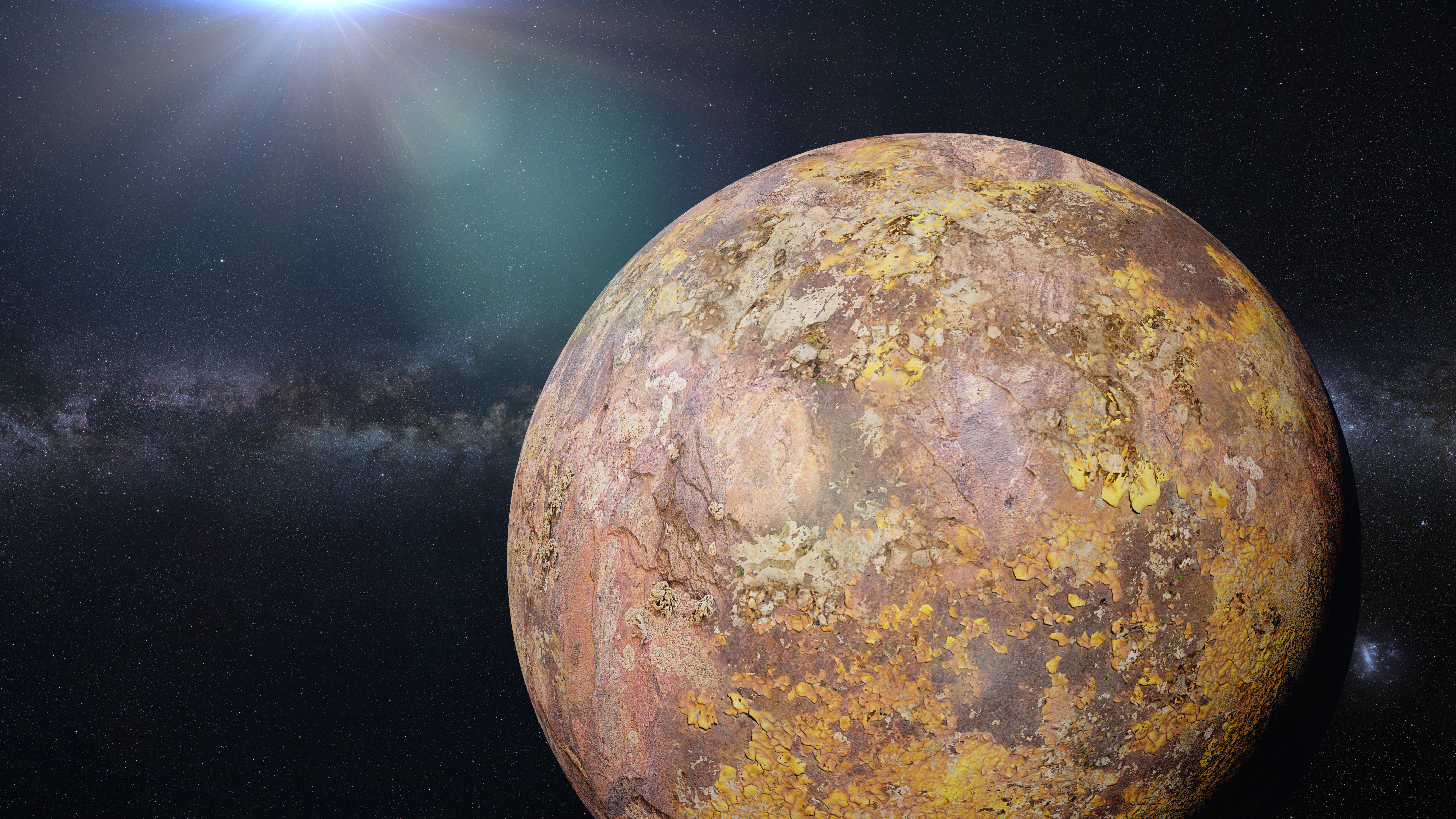Scientists have discovered a Jupiter-like “forbidden planet” around 285 light-years from our solar system. The newly discovered gas giant was revealed by astronomers utilizing NASA’s Transiting Exoplanet Survey Satellite (TESS) and is currently known as TOI-5205b.
Part of what makes this forbidden planet so enticing is the fact that it has left many scientists scratching their heads and searching for answers. That’s because the gas giant, which is roughly the same size as Jupiter, orbits its star in less than three days. The researchers detailed the finding of the exoplanet in a paper published on the pre-print server arXiv.
The forbidden nature of the planet comes into play when comparing it with our current models of planetary formation. According to our current models, a planet like TOI-5205b shouldn’t be able to form around a low-mass star like the one that it orbits. Instead, it should require stars with a much higher mass. But, since it does appear to exist, our planetary models must be updated.

It isn’t the first time that new discoveries have changed everything that we thought we knew about our universe and how the various parts of it form. New discoveries by the James Webb space telescope continue to challenge the things that scientists have believed for years. As such, the discovery of this forbidden planet isn’t unbelievable by any stretch.
Other discoveries of strange planets include a strange “marshmallow” world that orbits a red dwarf star, which is a gas giant with a low density, something that scientists hadn’t really seen before that discovery. James Webb itself also continues to peer deep into the early universe, uncovering evidence of galaxies that shouldn’t exist.
As humanity explores space more and more, it’s expected that the things we discover will only continue to change and mold the models that we currently have about our universe. But, that isn’t a bad thing, as it helps us connect the dots and form a clearer picture of how our universe came to be and where it is going from here.








